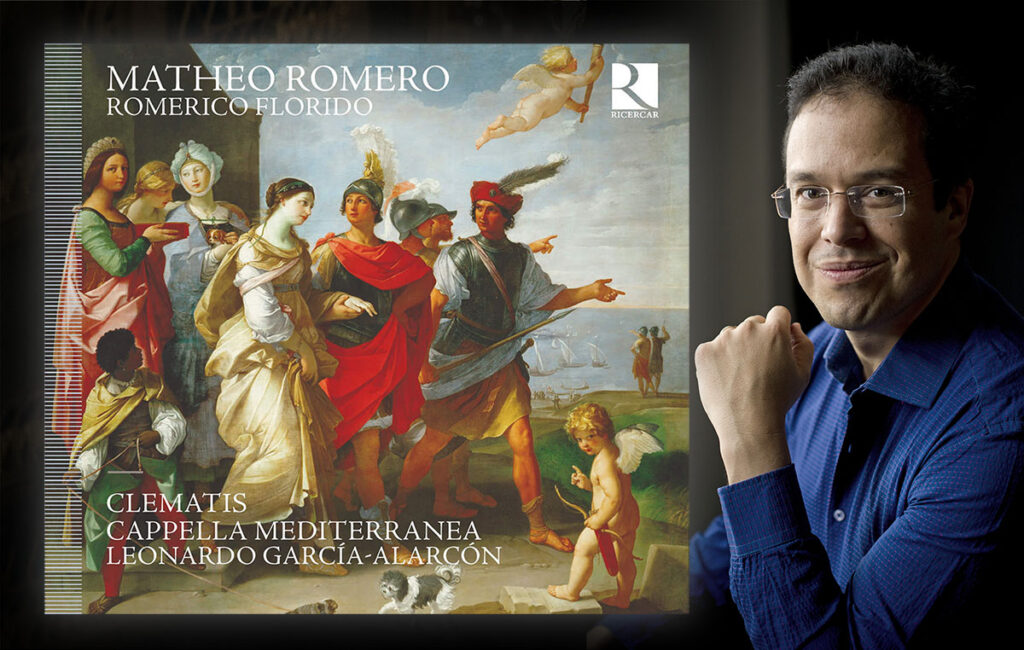


This album is a follow-up to Fuga Libera’s recording of Mateo Romero’s religious works (RIC 271). Thirty-one of his secular compositions have survived, scattered throughout various collections known as ‘Cancionero’ that can be found today in archives in Madrid, Rome and Munich. The Staatsbibliothek in Munich houses the Cancionero de la Sablonara, the manuscript that contains the majority of Romero’s compositions. Romero clearly held an important position in court – out of the seventy-five pieces in the collection, twenty-two are by Belgian-Spanish composer.
Mateo Romero was born in Liège and served at the Spanish court under Philip II, Philip III and Philip IV. His secular works show how well he assimilated the musical style of his adopted country. But these romances, folias and canciones were also influenced by the Italian madrigal in the way that they used nature to express the passions and disappointments of love. Romero’s music straddles the Renaissance and Baroque eras, gradually moving towards the principle of accompanied monody. Romero is even said to have composed the first Spanish opera based on a libretto by Lope de Vega!
Mateo Romero was the last Belgian to serve as maestro de capilla at the Spanish Court. By the end, however, he had become just as ‘Spanish’ as the musicians in his ensemble. We can only imagine the musical surprises he presented to his widowed mother, Pascale Loart, when she came to join him in Madrid at the end of the sixteenth century!


